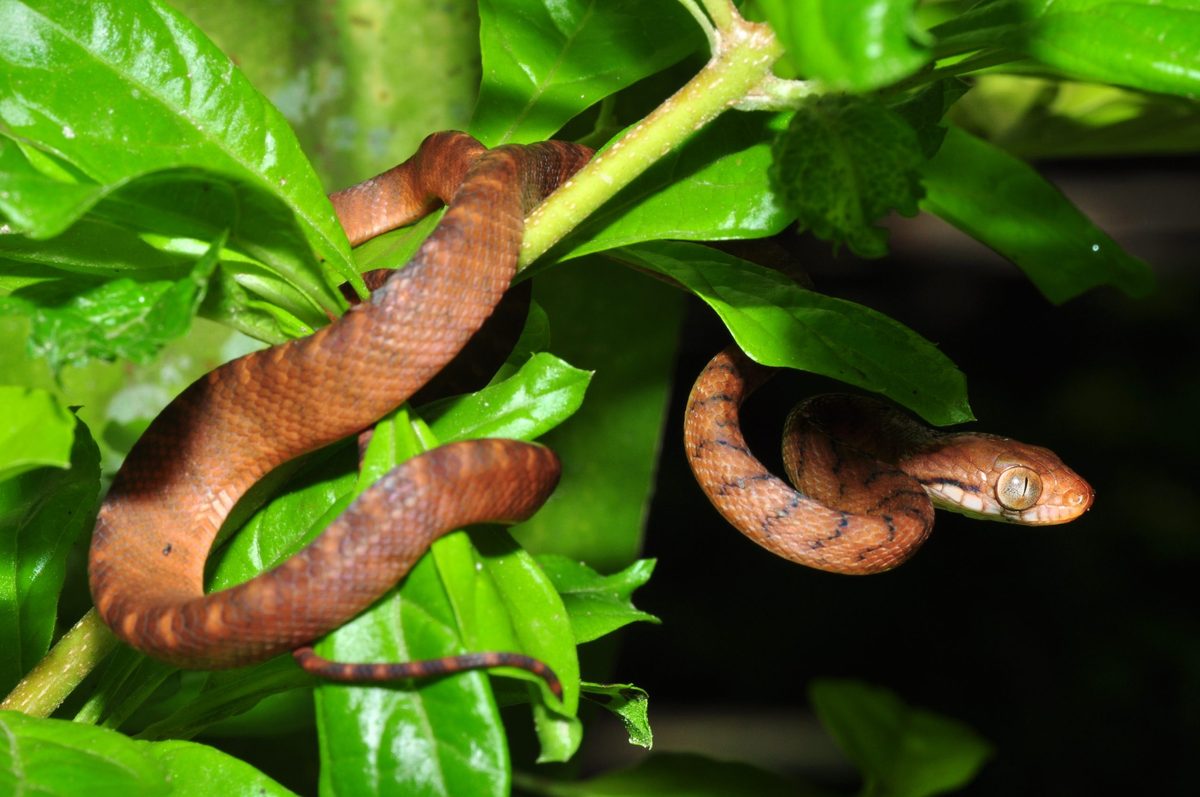Indiscriminate predators, insatiable grazers, ecosystem engineers, flagrant opportunists and invasive horrors… here’s our pick of the animals great and small that can change the world around them beyond recognition – and not in a good way.
10 animals that destroy entire ecosystems
Brown tree snake
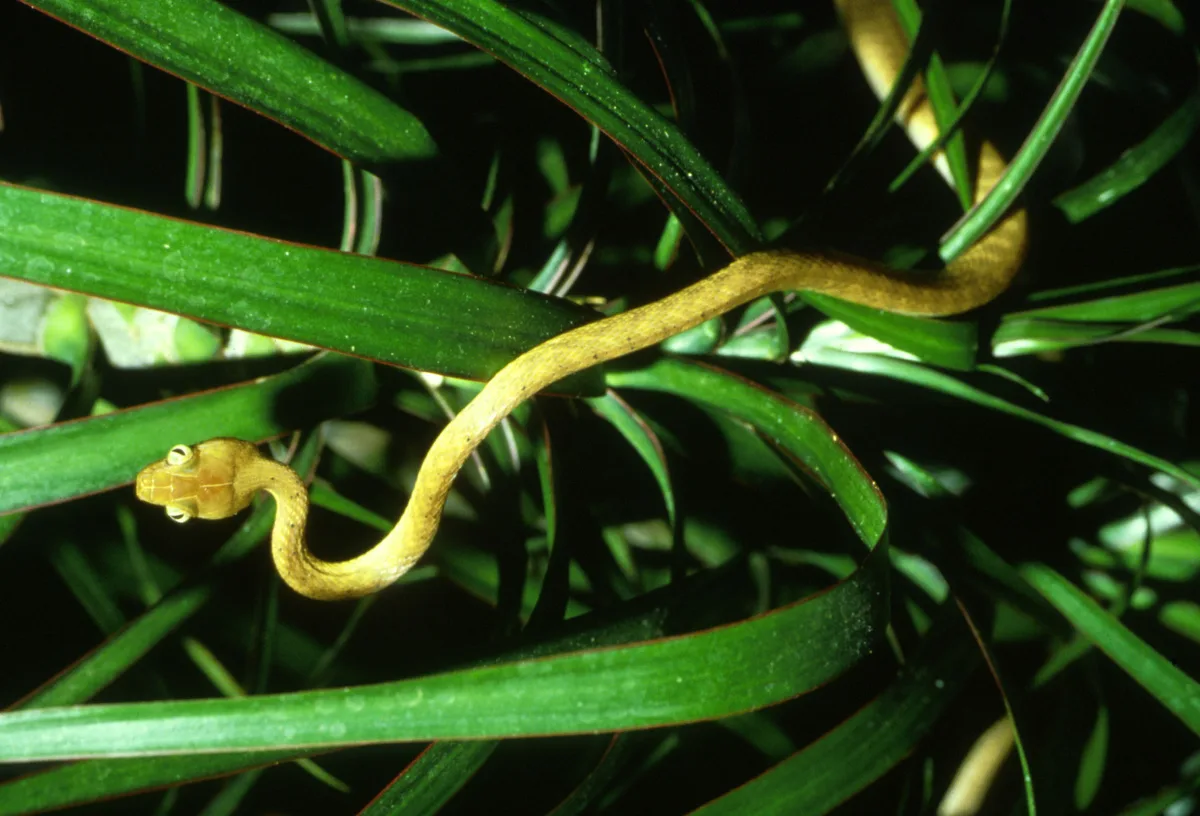 Gordon H. Rodda, Public domain, via Wikimedia Commons
Gordon H. Rodda, Public domain, via Wikimedia Commons
The remote Pacific island of Guam was serpent-free until around 1950 when the brown tree snake arrived from somewhere in its native range to the south.
However it got there – most likely as a stowaway on a boat or plane – it found a land teeming with birds, reptiles and bats that had no defences against its predatory instincts. By the time authorities started monitoring the situation in the 1980s, there were more than 100 snakes per hectare and much of the damage had already been done.
By 1990, just three species of native vertebrates – all small lizards – remained in significant numbers in the island’s forests. The snake wiped out 12 of the 22 native bird species, including the Guam flycatcher, which was found nowhere else in the world, and reduced numbers of another eight species by at least 90 per cent. It drove six native lizards to extinction and is also implicated in the disappearance of the endemic Guam flying fox, which was last seen in 1968.
Unsurprisingly, this ecological disaster has had dramatic consequences for the island’s wider ecology. Bird-pollinated plants are now setting fewer seeds, and loss of the vertebrates that disperse seeds is changing the species composition of the island’s forests. Meanwhile, spider populations have increased 40-fold during the wet season since their avian predators disappeared.
Cane toad
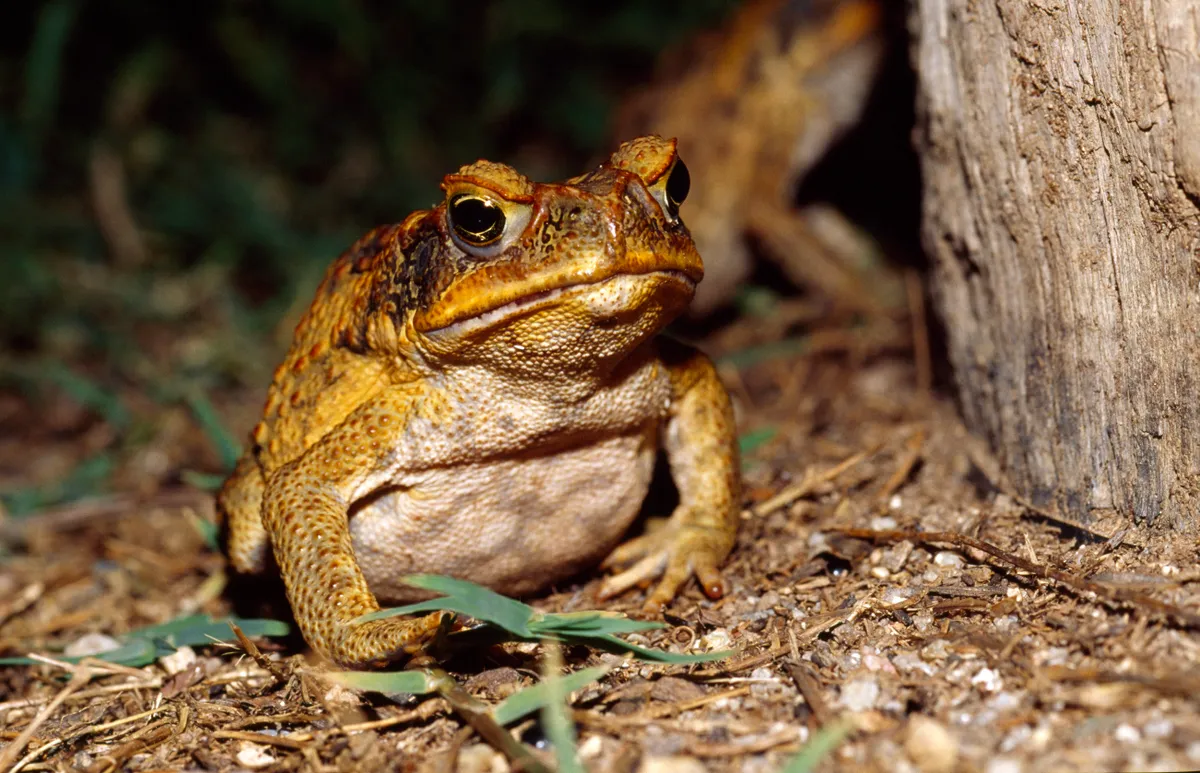 Jason Edwards/Getty
Jason Edwards/Getty
Sometimes, a cure can be more dangerous than the disease it’s meant to be treating. That is surely the case with the cane toad, a native of South and Central America that was transported to Australia in the 1930s to control beetles plaguing the sugarcane crops.
Unfortunately, these gluttonous amphibians hunt on the ground, so they made little impact on the beetles, which feed high up on the plants. Instead, the toads turned their attentions to the native wildlife, swallowing pretty much anything that would fit in their mouths – insects, frogs, reptiles, and small birds and mammals.
But cane toads are not only dangerous, indiscriminate predators; they are also lethal prey. Quolls (predatory marsupials), goannas (a type of large monitor lizard), snakes and even freshwater crocodiles can be killed by the potent toxins secreted by glands on the frogs’ skin.
In many invaded areas, quolls have vanished and goannas have crashed by morethan 90 per cent. The cane toad is a species that can wreak havoc at both ends of the food chain.
Beaver
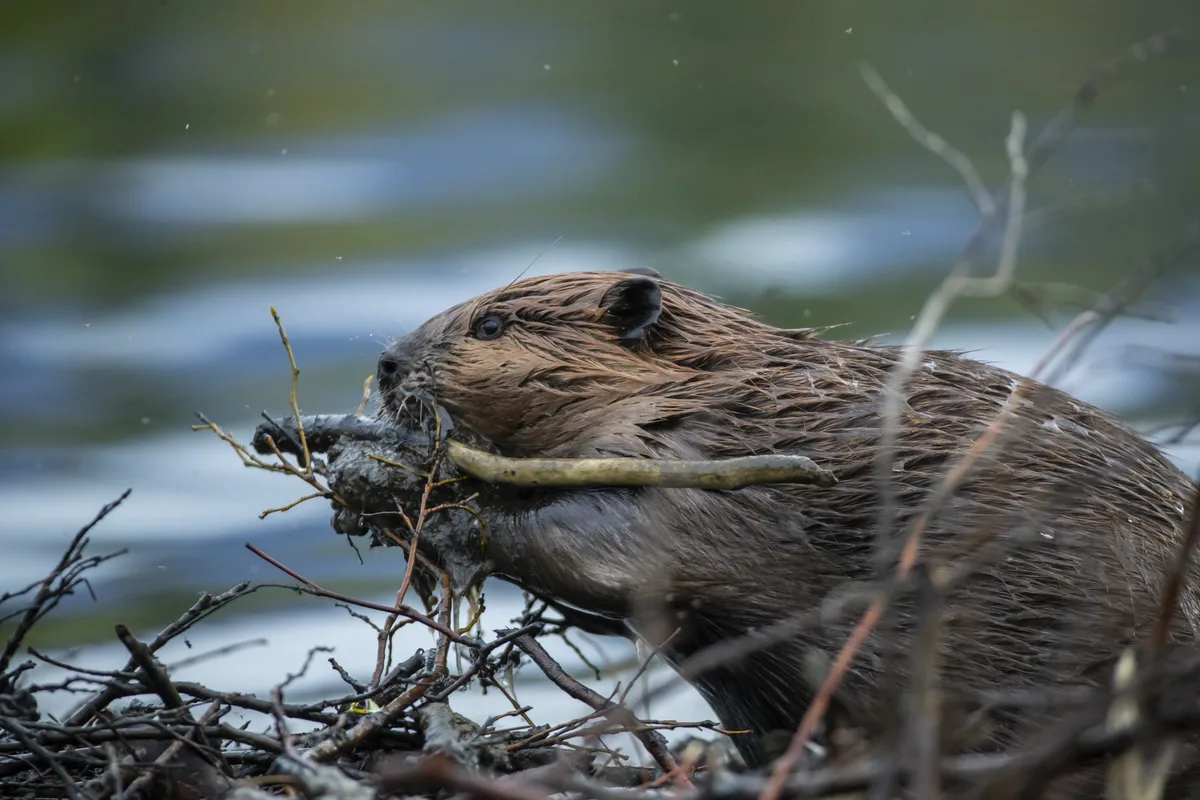 Getty
Getty
This big, bucktoothed rodent is hailed for its ability to create habitats rather than destroy them. By felling trees and damming streams, it engineers wetland ecosystems that boost aquatic biodiversity and double as natural flood defences.
But you can’t make an omelette without breaking eggs. Valleys that once held bubbling streams, shady woodland and wildflower meadows become quite literally swamped by standing water. Trees die, dams block the passage of migratory fish, and species that require flowing water quietly disappear.
In the beaver’s native ranges, these trade-offs are part of long-established ecological processes. In places where beavers don’t belong, though, the downsides can be more striking. Beavers introduced from North to South America have destroyed swathes of native beech forest in Tierra del Fuego.
Whether you see the activities of these quintessential ecosystem engineers as creative or destructive depends on where you stand when the water starts to rise.
Rosy wolf snail
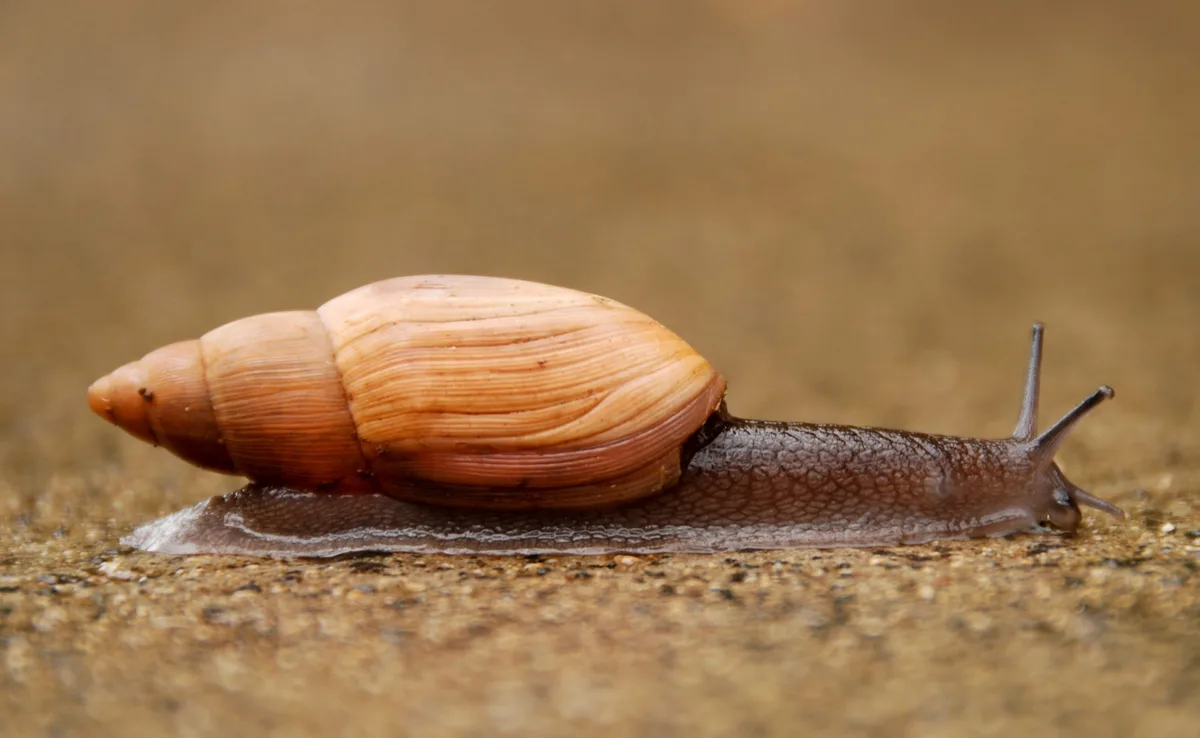 Dylan Parker, CC BY-SA 2.0 https://creativecommons.org/licenses/by-sa/2.0, via Wikimedia Commons
Dylan Parker, CC BY-SA 2.0 https://creativecommons.org/licenses/by-sa/2.0, via Wikimedia Commons
The vast majority of terrestrial snails are vegetarians, and for good reason. Predators need to be fast, and yet speed is not something snails are known for. The rosy wolf snail, though, is very much a hunter. While it’s not exactly nippy, it is, crucially, faster than its prey – other snails, which it hunts down by following their slime trails.
Native to the southeastern United States, the rosy wolf snail was introduced to a number of Pacific islands, including Tahiti and Hawaii, in the mid-20th century in the hope that it would control the giant African land snail, which had become an invasive agricultural pest after its own introduction.
Tragically, the rosy wolf snail turned out to prefer easier pickings – the small, delicate native snails that had been evolving in splendid isolation on the various islands for hundreds of thousands of years. A massacre ensued. More than 130 native snailspecies were driven to extinction within decades.
Rats
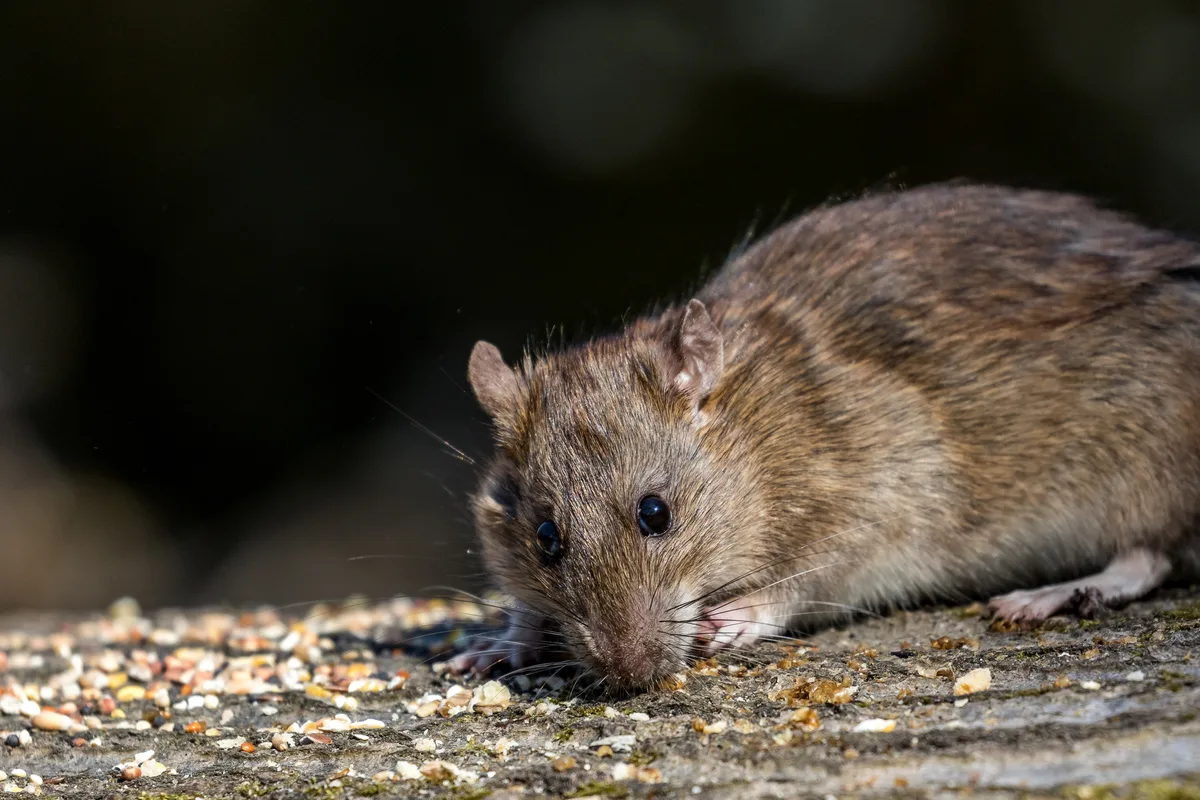 Getty
Getty
Opportunistic and adaptable, rats seem to flourish wherever life takes them. They areagile climbers, strong swimmers, fiercely intelligent, prolific breeders, catholic in their tastes, and have a knack for availing themselves of human modes of transportation.
Between them, the black rat, brown rat and Pacific rat – all originally native to south and eastern Asia – now infest more than 80 per cent of the world’s islands. And the transformation of habitats begins as soon as they have hopped ashore.
Globally, rats are implicated in the extinction of more than 70 vertebrate species. In the Chagos Archipelago in the Indian Ocean, the densities of seabirds on rat-free islands are 760 times higher than on infested ones.
This has had dramatic effects on the wider ecosystem, which has historically been nourished by the guano depositedby the resident bird colonies. Even the coastal waters are affected, to the extent that the coral reefs fringing rat-free islands support around 50 per cent more fish.
Nile perch
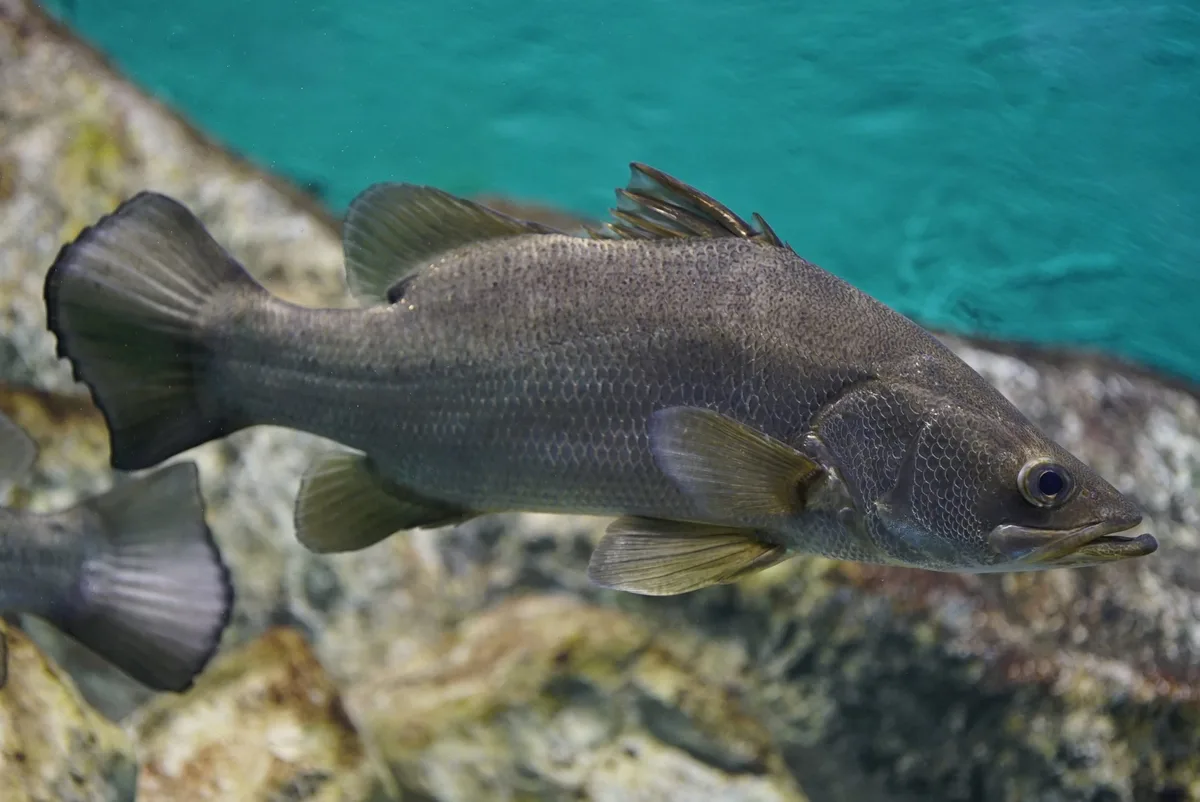 Daiju Azuma, CC BY-SA 4.0 https://creativecommons.org/licenses/by-sa/4.0, via Wikimedia Commons
Daiju Azuma, CC BY-SA 4.0 https://creativecommons.org/licenses/by-sa/4.0, via Wikimedia Commons
Few introductions have caused such havoc as the Nile perch’s release into Lake Victoria in East Africa in the 1950s. This giant predator, growing more than two metres long, was meant to boost fisheries. Arguably, it succeeded – but at a huge ecological cost.
In the 15,000 years since climatic changes created the world’s second largest lake, evolution has worked its magic on a population of cichlid fish that arrived there soon after its formation. These founding mothers and fathers multiplied, dispersed and diversified to fill a multitude of specialised niches. While some took to hunting in the open water or scraping algae from rocks, others strained particles from the sediment, crushed molluscs or scavenged at the surface. A few even specialised in nibbling the fins and scales of their neighbours.
Add to that the gaudy colours and elaborate courtship rituals that set species apart, and the result was a living evolutionary laboratory unrivalled anywhere in freshwater.
To the Nile perch, though, it was all just food. Within a few decades, as many as 200 of the lake’s cichlid species were extinct. Many others now cling on in tiny populations, while some survive only in aquaria.
European rabbit
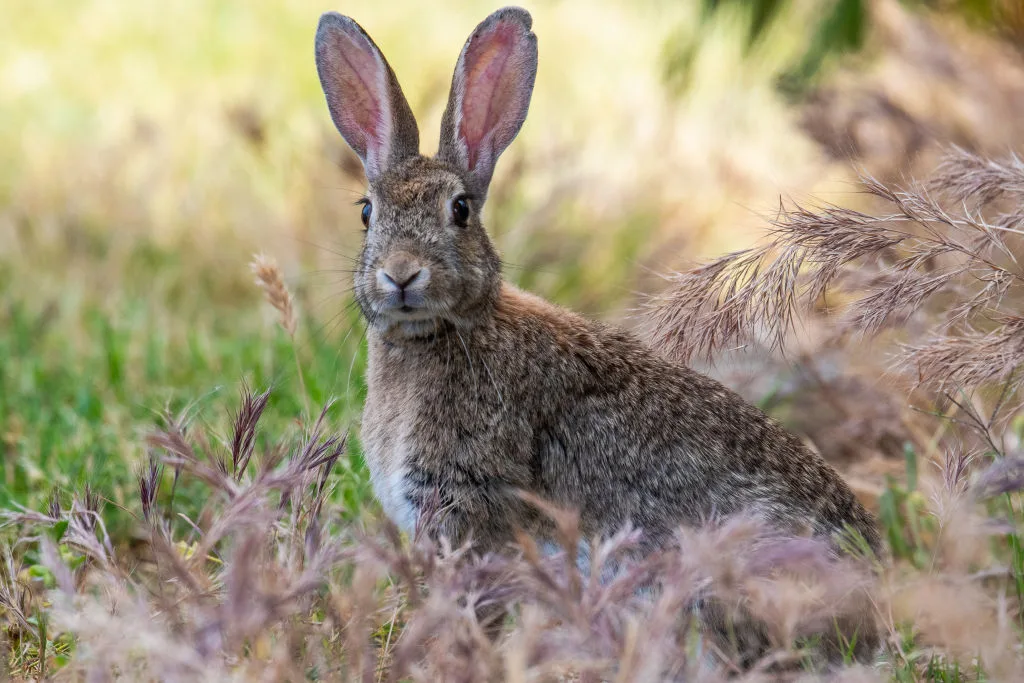 Getty
Getty
Don’t be fooled by the endearing twitchy nose and photogenic dandelion-nibbling, the European rabbit has proved capable of causing ecological devastation around the world.
Native to the Iberian Peninsula, it has been introduced to all continents except Antarctica for its fur and as a game animal. Most infamously, perhaps, a handful released in Australia in the 1850s soon became hundreds of millions, which gnawedthrough crops and native vegetation, stripping landscapes bare and turning fertile soils to dust. The problem was so overwhelming that authorities built the rabbit-proof fence – the longest continuous barrier in the world at the time, at over 3,000 km – in a vain attempt to hold back the tide.
New Zealand fared little better, and the destruction was compounded by efforts to control them with introduced stoats and weasels. These had a modest effect on the rabbits but tragic consequences for native birds, including the laughing owl, which was driven to extinction by the early 20th century.
Domestic cat
People have long enjoyed having cats around the place, not only for their company, but also for their rodent-control skills. Unfortunately, they don’t stop at eating just vermin.
In the US alone, pet and feral cats kill an estimated 1.3 to 4 billion birds every year, and cats introduced to islands around the world are implicated in 14 per cent of all the bird, mammal and reptile extinctions in modern times.
Take what happened on Stephens Island in the Cook Strait between New Zealand’s North and South islands. Until the 1890s it was an uninhabited pristine refuge for many species that had already been ravaged by the Polynesian rat, which hadarrived with the Maoris.
But when a new lighthouse was switched on in 1894, the island became home to three lighthouse-keepers, their families, a teacher for the children, and a succession of pet cats that quickly spawned a feral population that feasted on the island’s birdlife and reptiles such as the tuatara, the sole living representative of an ancient lineage of lizard-like animals that had already been eliminated from the mainland. The Stephens Island wren – a tiny, flightless songbird found nowhere else on Earth – was first described from a specimen killed by one of the cats, and seems to have disappeared completely by 1899.
The feral cats were finally eradicated from the island by 2025, in a pioneering effort that provided an early lesson in how habitats can be restored to their former glory. Seabird and reptile populations have rebounded, and the tuatara recovered to the point that individuals could be shipped to other islands. The wren, though, is gone forever.
Feral goat
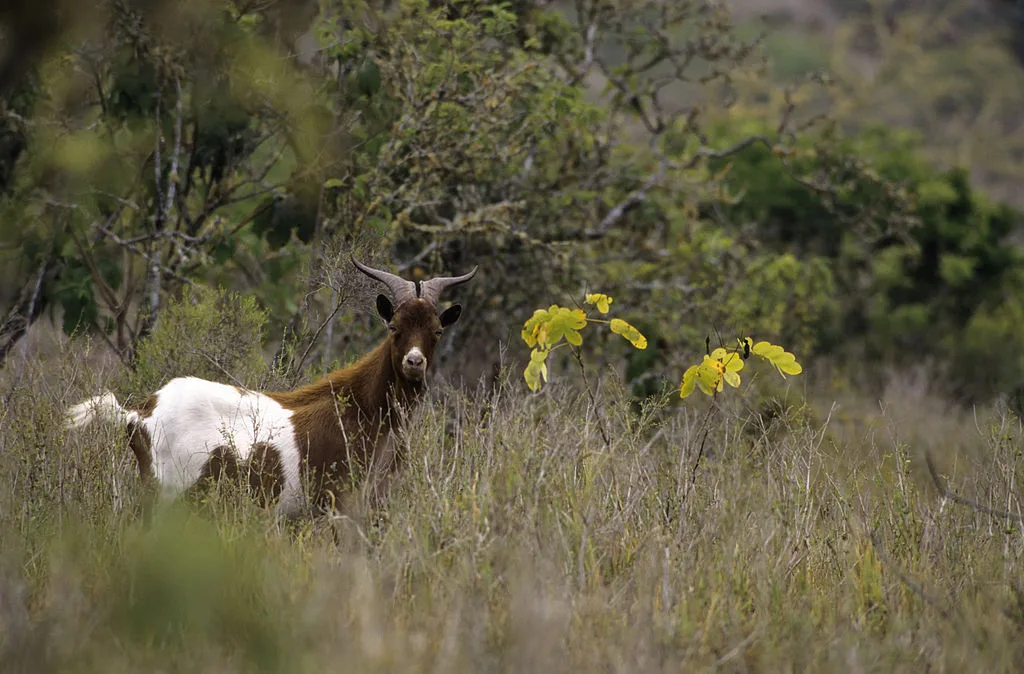 Getty
Getty
A century after the removal of cats from Stephens Island, habitat restoration efforts have become increasingly ambitious. A case in point is Project Isabela, which aims to eradicate hundreds of thousands of feral goats from the Galápagos archipelago.
When goats arrived in the islands during the 1600s – deposited there by passing sailors as a living food store – the only native terrestrial mammals were a few species of bat. The islands would later become famous for the endemic birds and reptiles that were so influential on the development of Darwin’s ideas on the mechanism of evolution. But as the goats multiplied, they posed an increasing threat to the native habitats on which the iconic finches and giant tortoises depend.
Goats are hardy and adaptable and their digestive systems can deal with plant toxins that would kill other herbivores, allowing them to eat anything and everything of a botanical nature. On some islands, vast tracts have been stripped of vegetation and turned to dust, while forest trees have been unable to reproduce because the goats eat each and every seedling.
Project Isabela is not yet complete. More than 140,000 goats have been removed from 400,000ha of land at a cost of at least $10.5 million, but they continue to roam on three islands.
Red grouse
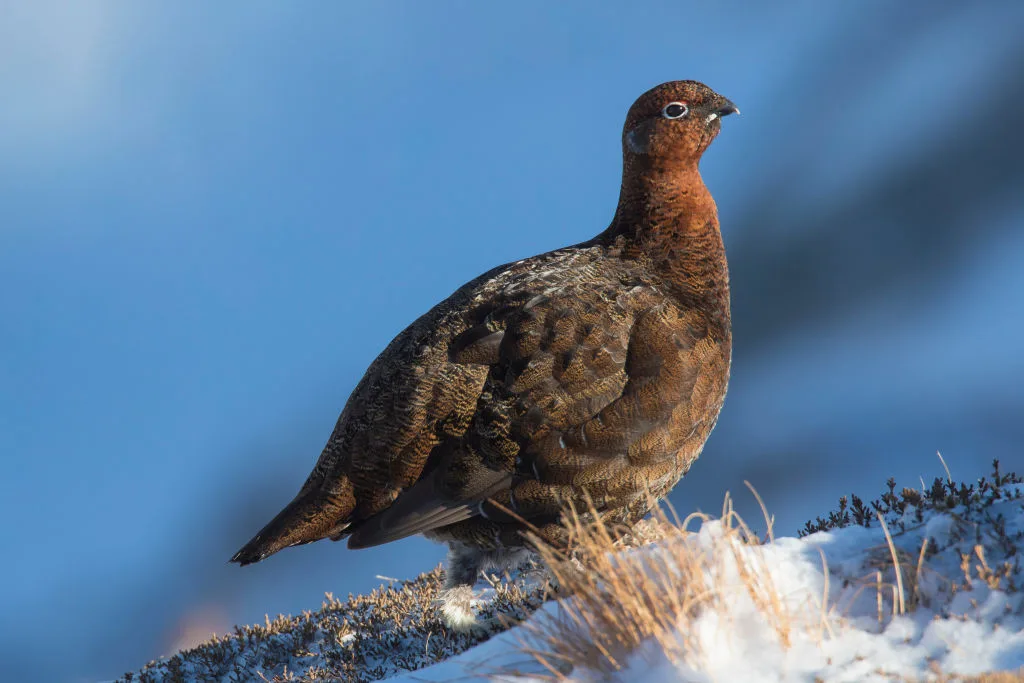 Getty
Getty
It is neither an invader nor especially destructive in its own right, but the red grouse has managed to reconfigure the landscape of pretty much an entire country. Or more accurately, perhaps, the landscape has been reconfigured around it.
Native to the uplands of Britain and Ireland – and, indeed, found nowhere else in the world – the bird has long been hunted as game, and grouse-shooting has becomeincreasingly commercialised over the past couple of centuries.
To keep grouse numbers high, vast tracts of the Scottish Highlands are managed as heather moorland. Since the mid-19th century, the heather itself has been burned in rotation (a practice known as muirburn) to provide the birds with young shoots to eatand older stands for cover, giving the hills a distinctive patchwork appearance. Trees are discouraged. Saplings that survive the flames are grazed by sheep and deer. Historically, predators such as raptors, foxes and stoats have been trapped or shot, and some illegal persecution continues today.
They might be bonny, but Scotland’s heather-clad hillsides are low in biodiversity, poor at storing carbon, and prone to erosion and flooding. They look wild, but they are managed intensively to serve the interests of a single species – until the 12th of August, at least, which is when the shooting starts.
Top image: Pavel Kirillov from St.Petersburg, Russia, CC BY-SA 2.0 https://creativecommons.org/licenses/by-sa/2.0, via Wikimedia Commons

